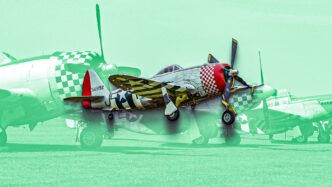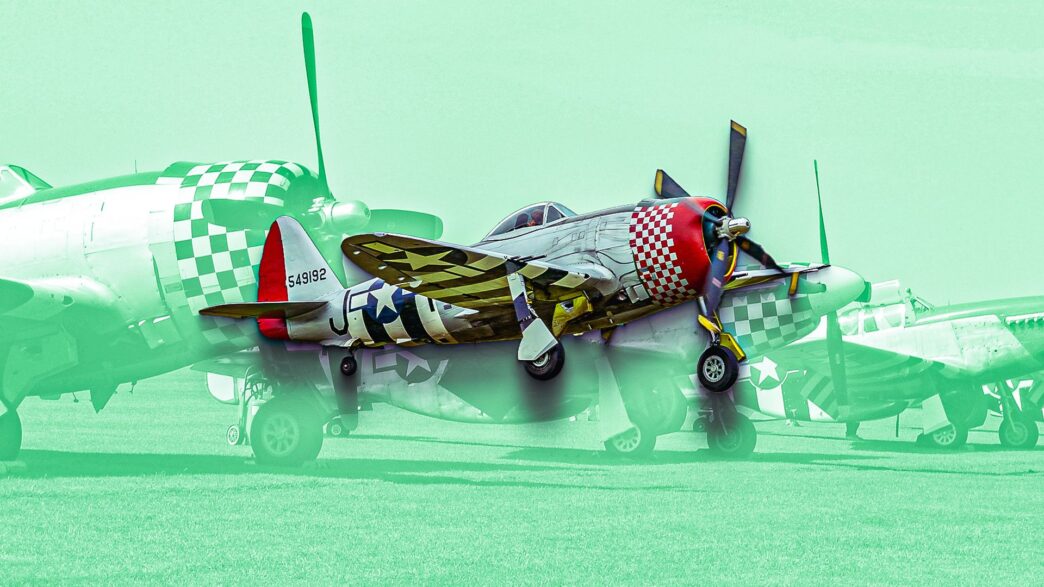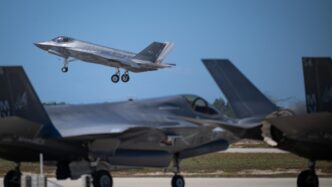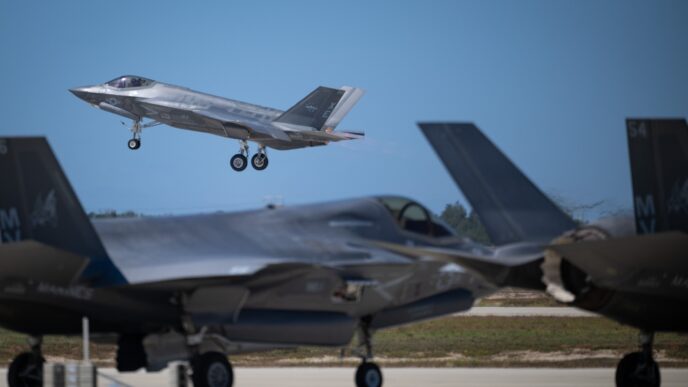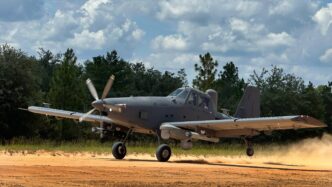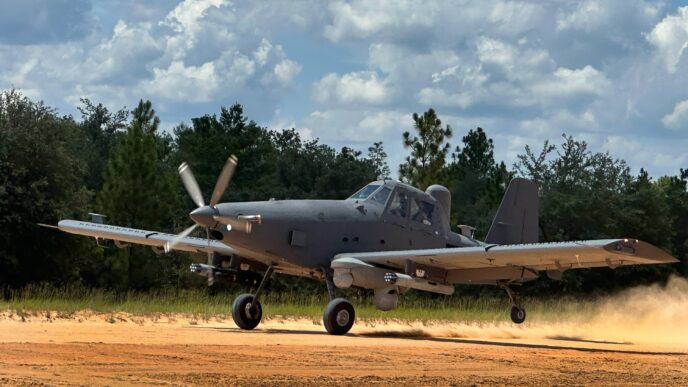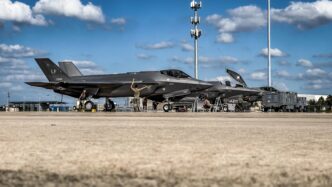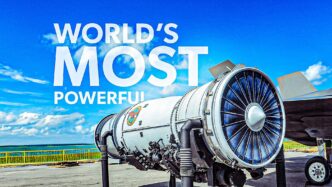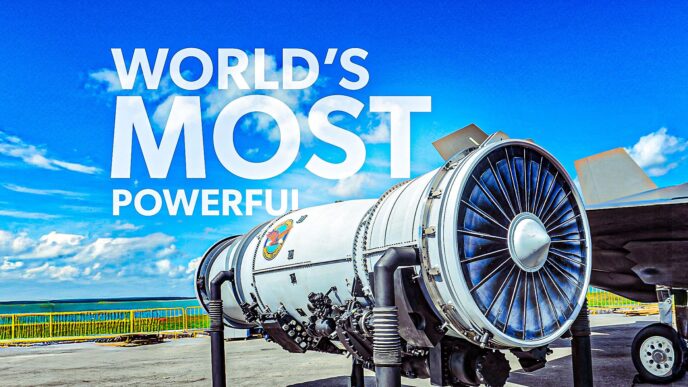The Republic P-47 Thunderbolt, affectionately known as the “Jug,” was a standout fighter plane for the US Army Air Forces during World War II. This aircraft was a powerhouse in the skies, excelling in both air-to-air combat and ground attack missions. With over 15,600 units produced between 1941 and 1945, the P-47 was a testament to the industrial might of the United States during the war. Republic Aviation, which later became part of Fairchild, was the mastermind behind this iconic plane. Interestingly, they also went on to create the A-10 Thunderbolt II, or “Warthog,” which is still in service today.
The P-47 Thunderbolt was a beast of a machine, known for being the largest and most expensive single-engine fighter of its time. It could carry a hefty bomb load of 2,500 pounds and was armed with eight .50-caliber machine guns, making it a formidable force in ground-attack roles. Despite its size, it was versatile enough to serve as an escort fighter in high-altitude dogfights. The Thunderbolt’s design evolved from a lightweight interceptor to a heavyweight fighter, and it played a crucial role in both the European and Pacific theaters. The National WWII Museum even dubbed it a “behemoth,” and for good reason—this plane was a game-changer.
In terms of production, Republic Aviation was churning out Thunderbolts at an impressive rate, completing up to 28 planes a day at the peak of production. Of the 15,683 Thunderbolts built, about two-thirds were deployed to overseas commands, showcasing their significant contribution to the war effort. The P-47’s legacy is a fascinating chapter in aviation history, highlighting the innovation and determination that defined the era.
#P47Thunderbolt #WWIIAviation #AviationHistory #RepublicAviation #MilitaryAircraft
Originally reported by Simple Flying Read More
